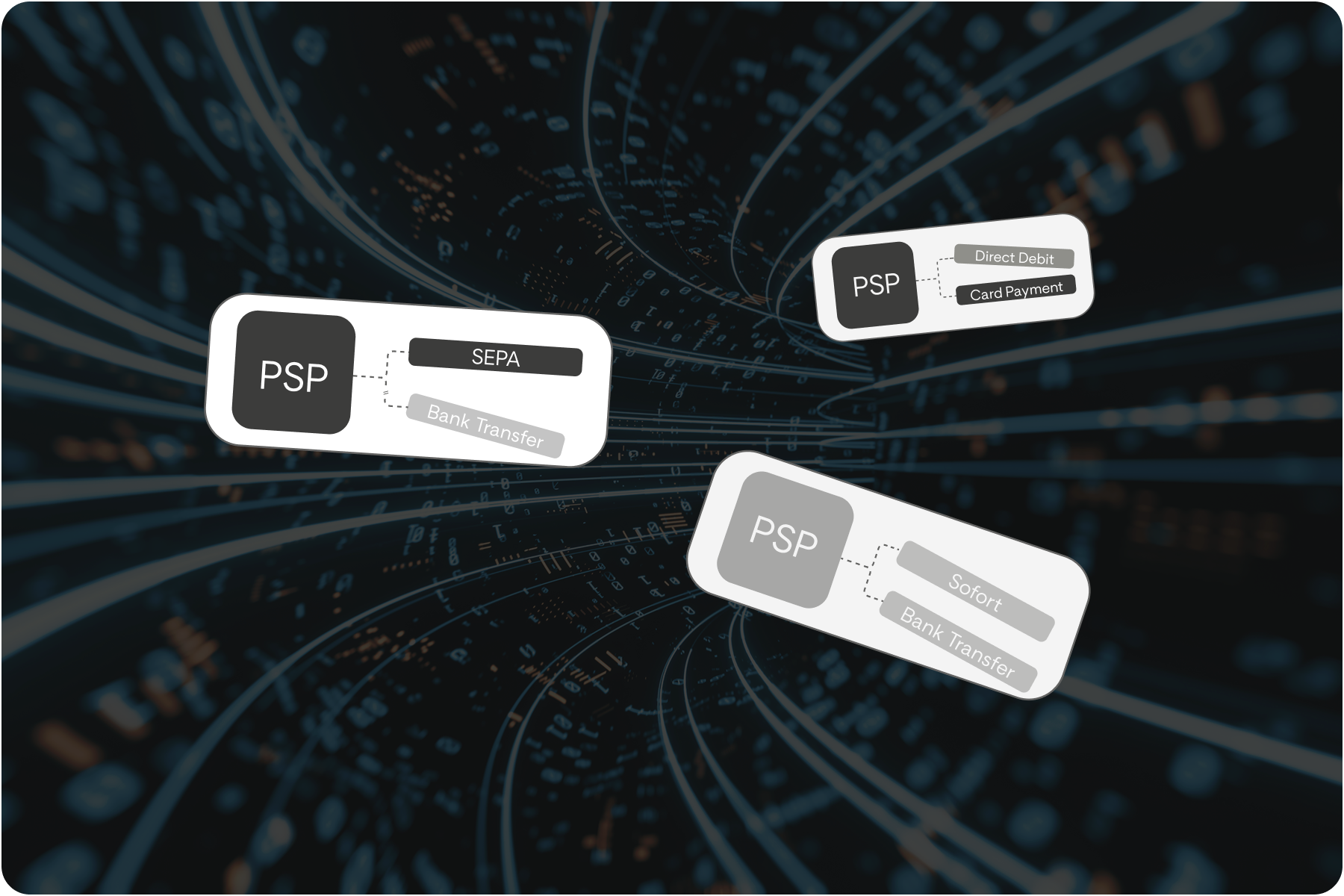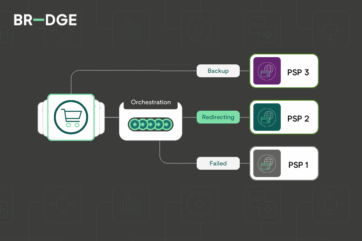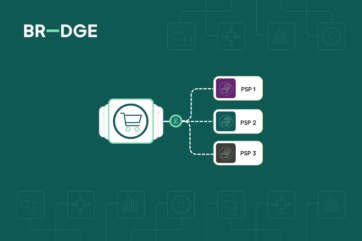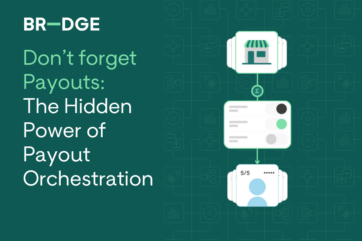
Avoiding the ‘Single Point of Failure’ for payments
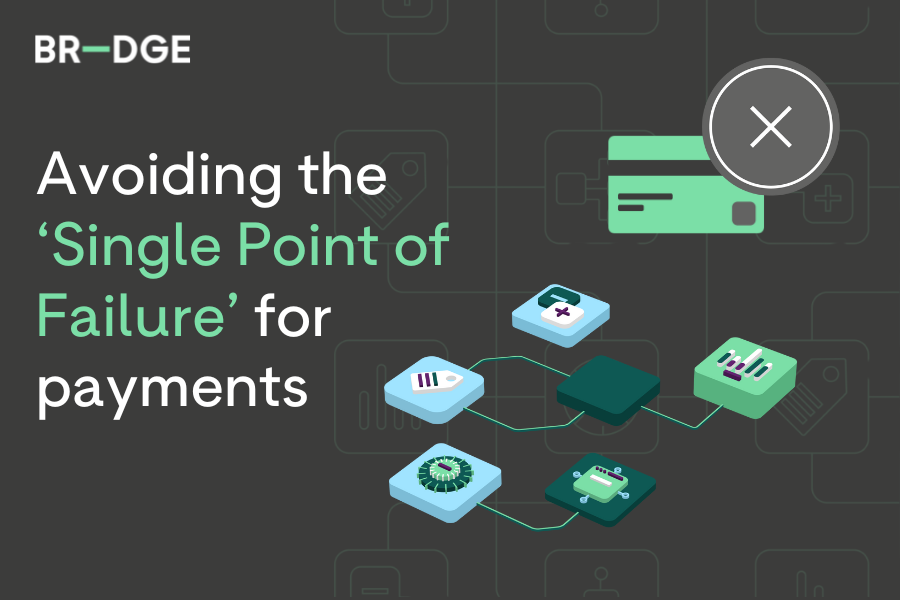
During a major online event, merchants experience an unexpected surge in traffic. Transactions begin to fail; payments are delayed and frustrated customers abandon their carts – all because the payment provider’s system couldn’t handle the load. Our latest whitepaper explores how payment orchestration can eliminate this risk and protect payment providers from disruptions.
Whether you’re familiar with the intricacies of banking system modernisation, or an individual with a banking app or two on your phone, you will likely have seen the news about several banking apps and websites crashing. Unexpected downtime is a customer loyalty killer – it leaves transactions in limbo, and customers tearing their hair out wondering where their salaries, bill payments, and purchases have disappeared to in the ether.
The fact is that these problems aren’t confined to banks and payment companies – supermarkets, airlines, internet providers and retailers have all suffered high-profile outages too. Most businesses will have a single point of failure somewhere, at least in theory. It could happen to their customer service or ledger system, even their electricity supply.
But consumers and their merchants trust the businesses they deal with to keep their money safe, and send and receive it with no interruptions, and that’s why it’s so jarring when their systems fall down. It goes to show just how closely payments are linked to the customer experience, and how fragile customer loyalty is when things go wrong.
Acquirers and payment service providers (PSPs) understand that downtime can lead to significant consequences – disrupted transactions, dissatisfied merchants and lost revenue. Even a brief failure can quickly chip away at merchant trust, pushing them to look for more reliable options.
In fact, failed payments are estimated to cost the global economy hundreds of billions each year. These disruptions don’t just hit the bottom line, they can shake merchant and consumer trust. If payment providers can’t keep things running smoothly, merchants will start looking for more reliable options.
But the risk doesn't stop with just downtime. It’s the single point of failure in a payment ecosystem that can cause the most damage. Many payment providers rely on a single system or gateway to handle all transactions, making them vulnerable to service disruptions, whether it’s from a traffic spike, system glitches or some unexpected technical hiccups.
When that single system goes down, the whole payment flow can grind to a halt, leaving merchants stuck and customers unable to complete their purchases.
Leveraging payment orchestration
This is where payment orchestration can make a real difference. While it’s true that any payment system – including a payment orchestrator – can become a single point of failure, it’s the level of resilience built into orchestration that sets it apart.
As our whitepaper outlines, orchestrators are designed with redundancies and advanced failover processes that enable them to switch to backup systems seamlessly in the event of a failure.
By distributing transaction flows across multiple systems and providers, orchestration helps mitigate risks, ensuring that merchants can continue processing payments even during unexpected disruptions. And a major bonus is that merchants can maintain their direct connections to PSPs, as well as to their orchestrator – a digital ‘belt and braces’ approach that reduces risk and boosts resilience even further.
There are some additional failsafes in place, but this depends on the orchestrator, and not all orchestrators have the same capabilities. For instance, our proprietary Vault tokenisation solution is designed for interoperability, so even in the unlikely event of BR-DGE having an outage, those using our Vault solution could still use PSP tokens to directly process with their PSP, to ensure continuous use of tokenised transactions and prevent customer disruption.
Beyond just mitigating downtime, payment orchestration can also prevent acquirers and PSPs from becoming a single point of failure too. By working with an orchestrator, payment providers can opt to add resilience to their own gateways and processing, to keep things running smoothly in the event of an outage, or even while they make enhancements to their own platforms.
“Personally, I would opt for a company that has developed and manages its own infrastructure as this gives you a better chance of longevity and of the orchestrator’s desire to keep innovating. A company with the right people and the right attitude are always going to be better to deal with than someone who might even have technology that is a little bit better, but difficult to deal with. You need friends at the end of the phone when you’re setting out on your journey or when things go bump.” - Philip Plambeck, SVP & Managing Director, Computop
Downloading our whitepaper will give you a clear understanding of how payment orchestration can help avoid the risks of a single point of failure. You'll discover how orchestration ensures continuous payments by automatically rerouting transactions, and how it helps payment providers maintain reliability and build stronger merchant relationships.
Ready to discover how payment orchestration can transform your business? Download our whitepaper now to learn more about how you can stay ahead in a multi-acquirer world.
Related content

